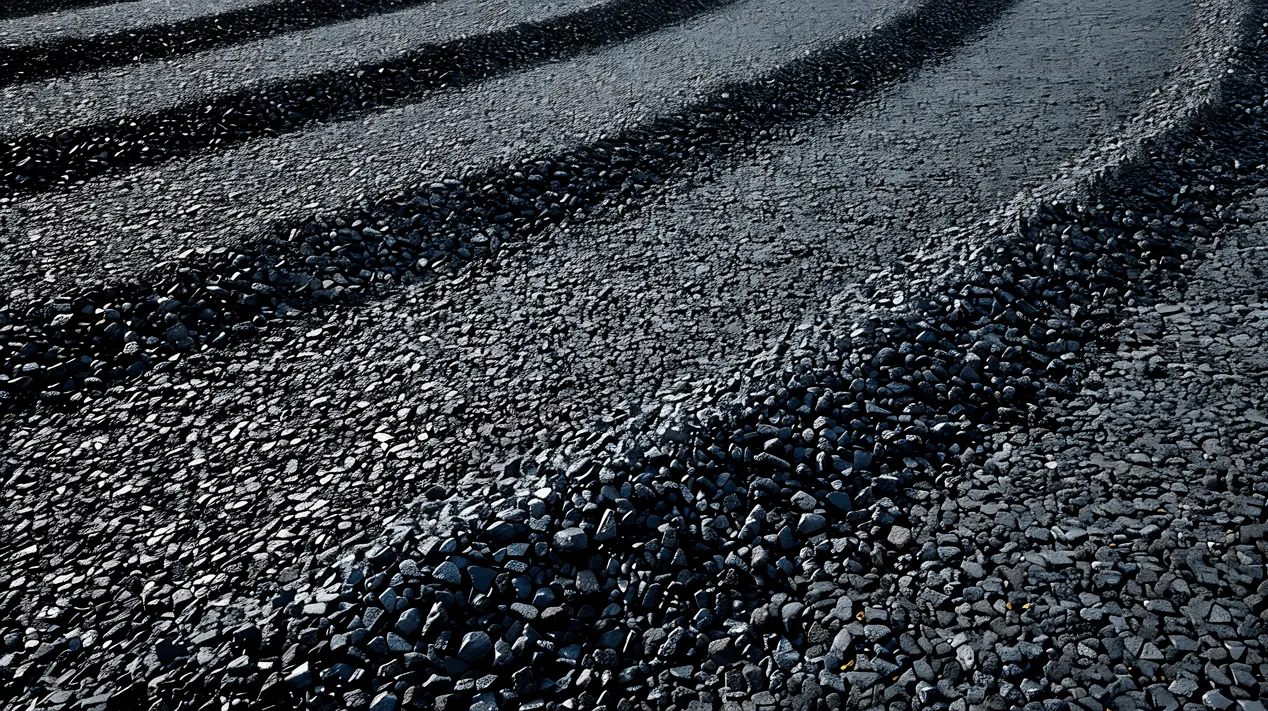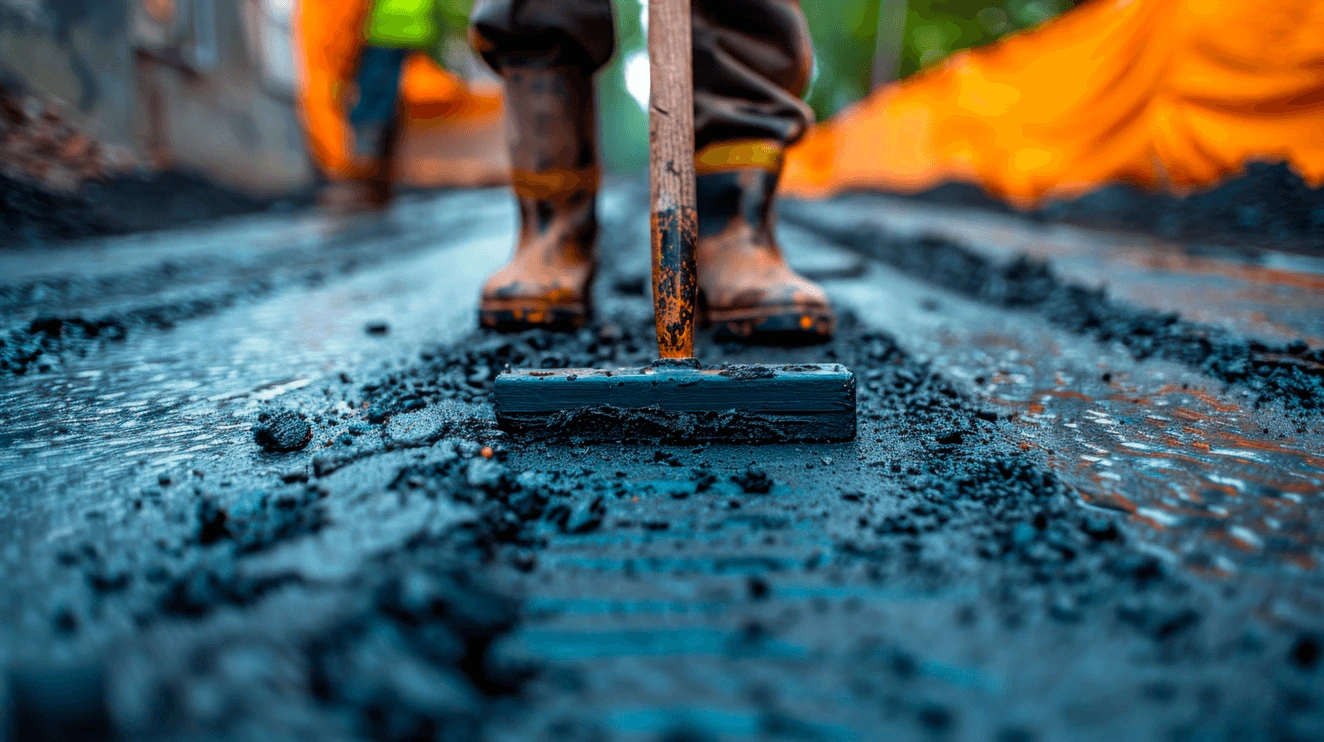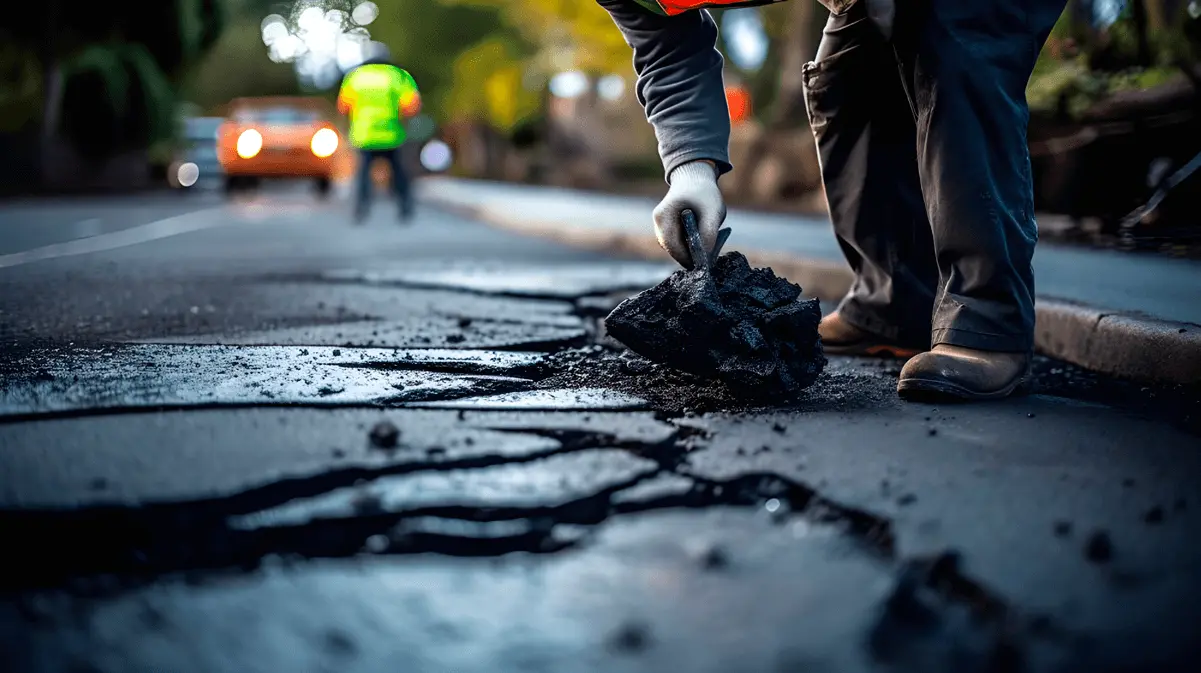If you can dream it up we can make it happen. With a remarkable understanding of the earth and its surroundings, his patience to hear your thoughts and your faith, JJ can bring your vision to fruition.
What We Use
Learn About Our Materials
Raw Ground
This is typically two ruts beat down into the ground where you have been traveling. Don’t worry, if it a new path your looking lo blaze we’ve got your back. Outside of Gods will, your imagination is the only limit you will encounter with us. If you can dream it we can build it. Maybe you have a plot of land but you just can’t see what it has the potential to be, that’s alright too. We will take the time to survey your space and show you what it could be.


Limestone Base
Limestone is catorgorized by the size of the rock it contains mixed with pummeled limestone to help with binding. The most popular sizes in the paving industry are 1 1⁄2” and 3⁄4” to dust. From building pads to driveways, limestone is used in foundations of every kind.
Recycled Asphalt
Sometimes old and neglected asphalt just can’t be saved, so it has to be removed to make room for a fresh start. During Highway maintainace the top layer of asphalt will be ground off the surface before a new layer can be applied. The product of these removal can be used for temporary driveways or fill material


Asphalt Sealer or Seal Coat
Is an asphalt emulsion blended with polymers and surfactants used to maintain your asphalt surfacing. This is a black paint like spray coating used to maintain or rejuvenate aging asphalt surfaces.
Crack Filler
Is a hot tar application designed to seal cracks or expansion joints. Asphalt sealers are thin layers that penetrate the drying tip coat of your asphalt investment. Crack fillers, also black in color, are a thicker application used in addition to asphalt sealers, to more efficiently fill the deeper or wider crack that may plague your asphalt investment.


Caliche
Maybe you have caliche base. This is typically a red dirt that gets very slick and mud like when wet but hard as rock when its dry. Caliche, is our least favorite material for you to have. Although it has little dust when dry, it still tracks. When wet it quite possibly is the messiest thing you will ever encounter.
Granite
Small colored or glass like rocks containing no dirt. Granite lays loose in your driveway and allows water to run through it, making it highly prone to washout and consistent upkeep. It is easily picked up by vehicle tires or your shoes. Typically, red in color and used in a more decorative capacity


Pea Gravel
Very small smooth surface stones, that lay loose throughout your driveway. Much like granite it lays loose in our driveway, allowing water to run through it. Although it’s a heaver stone it’s still highly prone to washout and consistent upkeep. This material is dense by very loose and better used in a more decorative capacity
Black Base
This is a combination of 1 1⁄2” rock and aggregate mixed with oil at a high temperature. Black base is most commonly used for commercial work with an exceedingly high amount of heavy weight traffic


Hot Mix Asphalt
This is what your highways and major retail parking lots are made of. The surface is black in color with a smoother finish than foundation materials. Asphalt, consists of mineral aggregates and a petroleum – based asphalt binder/cement. For most projects asphalt will be laid between 1 1⁄2’ to 2” thick before compaction. Asphalt repair will always very due to the nature of the area’s needs. Asphalt overlays will generally require no more than a 1⁄2” cap.
Chip Seal
Often times, referred to as Tar and Chip this is the cheapest alternative to hot mix asphalt. Depending on use and need for durability, you can choose one course or two course chip seal. This process begins with a sprayed application of Asphalt, a hot tacky oil directly applied to your base foundation. Its then covered with a layer of Grade 4 cover stone and then compacted. Two course chip seal will repeat this process.
This method of paving is typically found when creating subdivision roads. Cover stone can be found in a white or gray color, both very capable of enhancing the overall esthetic you may be looking to achieve.


